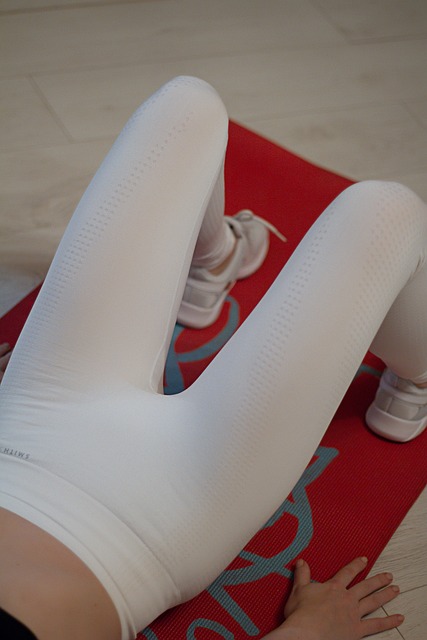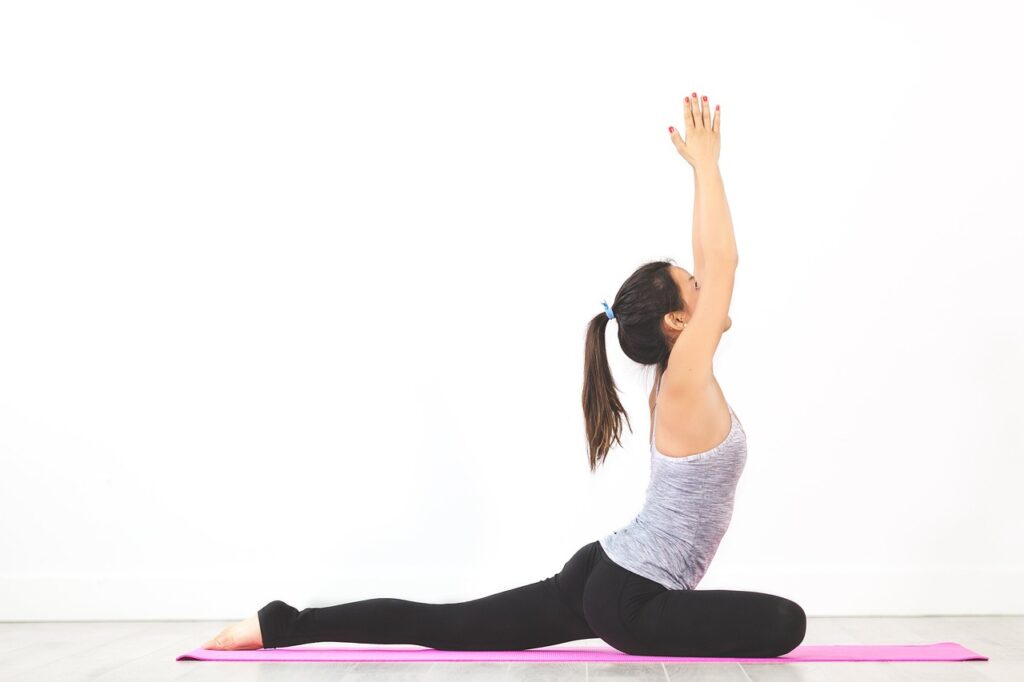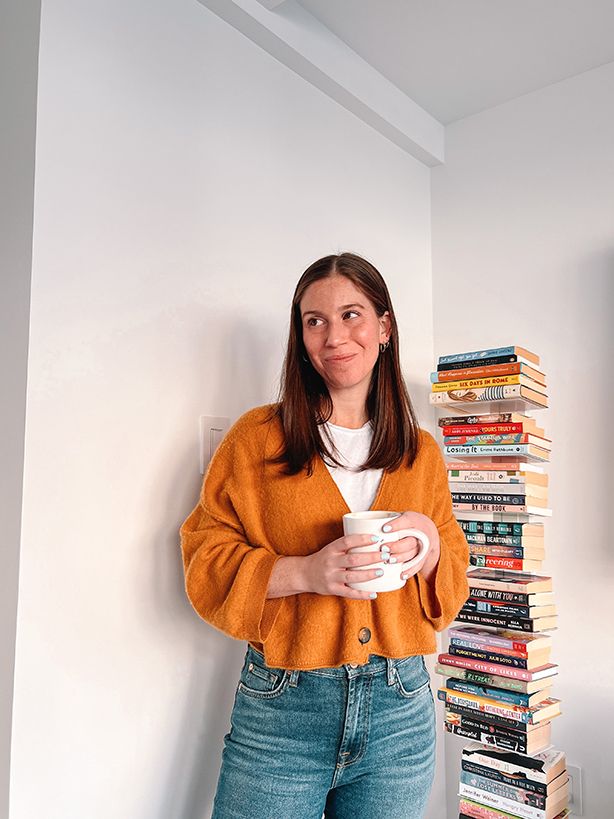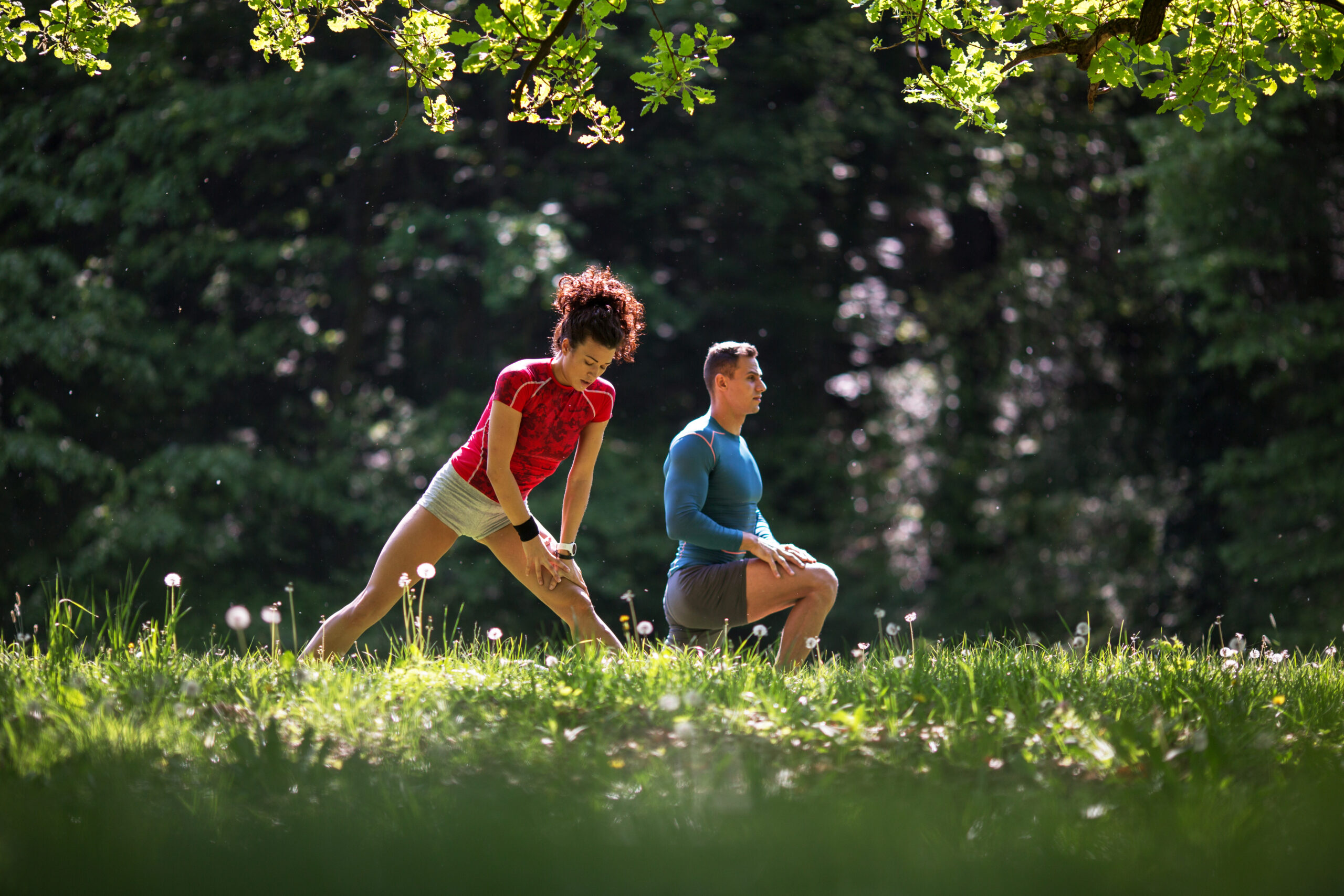Home Workouts for Busy Professionals: As a busy professional, finding time to exercise can seem like an impossible task. Between early morning meetings, tight deadlines, and family obligations, it can feel like there’s no time left in the day for your health. But here’s the good news: you don’t need to spend hours at the gym or have special equipment to stay fit. With these 10 simple home workouts, you can squeeze in a quick yet effective fitness routine that fits your schedule and helps you stay energized, strong, and stress-free.
1. Bodyweight Squats
If you want to work your legs and core, squats are one of the best exercises you can do, and the best part is, you don’t need any equipment. Bodyweight squats are simple and effective.
How to do it:
- Stand with your feet about shoulder-width apart, with your toes slightly pointed outward.
- Lower your body as if you’re sitting down in a chair, making sure your knees stay behind your toes.
- Keep your chest upright and your back straight as you squat down, then push through your heels to stand back up.
Why it’s great for you:
Squats target your legs, glutes, and core, helping to build strength and improve balance. Plus, they’re easy to do in a small space and don’t require any equipment.

2. Push-ups
Push-ups are a classic, full-body exercise that focuses on your chest, shoulders, and triceps. They’re perfect for a quick upper-body workout.
How to do it:
- Start in a plank position with your hands placed slightly wider than shoulder-width apart.
- Lower your body toward the floor by bending your elbows at a 45-degree angle.
- Keep your body in a straight line from head to heels, and push yourself back up to the starting position.
Why it’s great for you:
Push-ups help build upper body strength and engage your core, making them a fantastic exercise to improve overall strength and posture.
3. Planks
Planks are an excellent way to strengthen your core, back, and shoulders. Plus, they’re super efficient, allowing you to work multiple muscles with just one move.
How to do it:
- Get into a forearm plank position, ensuring your elbows are directly below your shoulders.
- Keep your body in a straight line from your head to your heels, and tighten your core.
- Hold the position for as long as you can, aiming for 30 seconds to start and working up to a minute or more.
Why it’s great for you:
Planks are excellent for building core strength and stability, which is crucial for maintaining good posture, especially if you sit at a desk all day.
4. Jumping Jacks
Jumping jacks are a simple and effective cardio exercise that gets your heart pumping and works your entire body.
How to do it:
- Stand with your feet together and arms by your sides.
- Jump and spread your legs while raising your arms overhead.
- Jump back to the starting position.
Why it’s great for you:
This exercise boosts your cardiovascular health, helps burn calories, and is a great way to get your body moving quickly without much effort.
5. Lunges
Lunges are a fantastic lower-body exercise that targets your legs and glutes. You can do them anywhere, and they’re excellent for improving balance and coordination.
How to do it:
- Stand with your feet together.
- Take a big step forward with one leg, lowering your body until both knees form a 90-degree angle.
- Push through the front heel to return to the starting position, then switch legs.
Why it’s great for you:
Lunges build strength in your legs, glutes, and core, while also improving your balance. Plus, they help prevent the stiffness that comes from sitting all day.
6. Triceps Dips
For an upper-body move that specifically targets your triceps (the muscles on the back of your arms), triceps dips are perfect. All you need is a sturdy chair or bench.
How to do it:
- Sit on the edge of a chair or bench, placing your hands next to your hips.
- Walk your feet out a little, then lower your body toward the floor by bending your elbows.
- Push yourself back up to the starting position.
Why it’s great for you:
Triceps dips are great for toning the arms and shoulders, and they can easily be incorporated into a home workout routine.

7. High Knees
High knees are a great way to add some cardio into your routine. This exercise gets your heart rate up while working your legs and core.
How to do it:
- Stand with your feet hip-width apart.
- Jog in place while bringing your knees up toward your chest as high as you can.
- Alternate quickly between legs, focusing on speed and control.
Why it’s great for you:
High knees help improve cardiovascular endurance, strengthen the legs, and boost your energy, making it a perfect quick cardio burst when you’re short on time.
8. Glute Bridges
Glute bridges are an excellent exercise to activate and strengthen your glutes, hamstrings, and lower back.
How to do it:
- Lie on your back with your knees bent and feet flat on the floor.
- Push through your heels and lift your hips towards the ceiling, squeezing your glutes at the top.
- Lower your hips back down and repeat.
Why it’s great for you:
Glute bridges help to strengthen your lower body, improve posture, and reduce the risk of back pain, which is especially helpful if you sit for long periods.
9. Mountain Climbers
Mountain climbers are a high-intensity full-body exercise that builds strength and gets your heart rate up. They’re great for a quick workout that challenges your whole body.
How to do it:
- Start in a plank position with your hands under your shoulders.
- Bring one knee toward your chest, then quickly switch legs as if you were climbing a mountain.
- Continue alternating legs rapidly.
Why it’s great for you:
Mountain climbers are fantastic for improving cardio fitness, strengthening the core, and toning your arms and legs in a short amount of time.
10. Chair Yoga Stretches
If you’re sitting at a desk all day, it’s important to stretch and relieve tension. Chair yoga stretches are a great way to improve flexibility and reduce stress without even leaving your chair.
How to do it:
- Sit up straight in your chair and reach your arms overhead.
- Slowly stretch your body to each side, then roll your shoulders and stretch your neck.
- Incorporate seated cat-cow stretches by arching and rounding your back while seated.
Why it’s great for you:
These stretches help prevent stiffness, relieve tension in your back and neck, and reduce stress, making them ideal for those who spend long hours working.
also read this
Published by Subhranil






